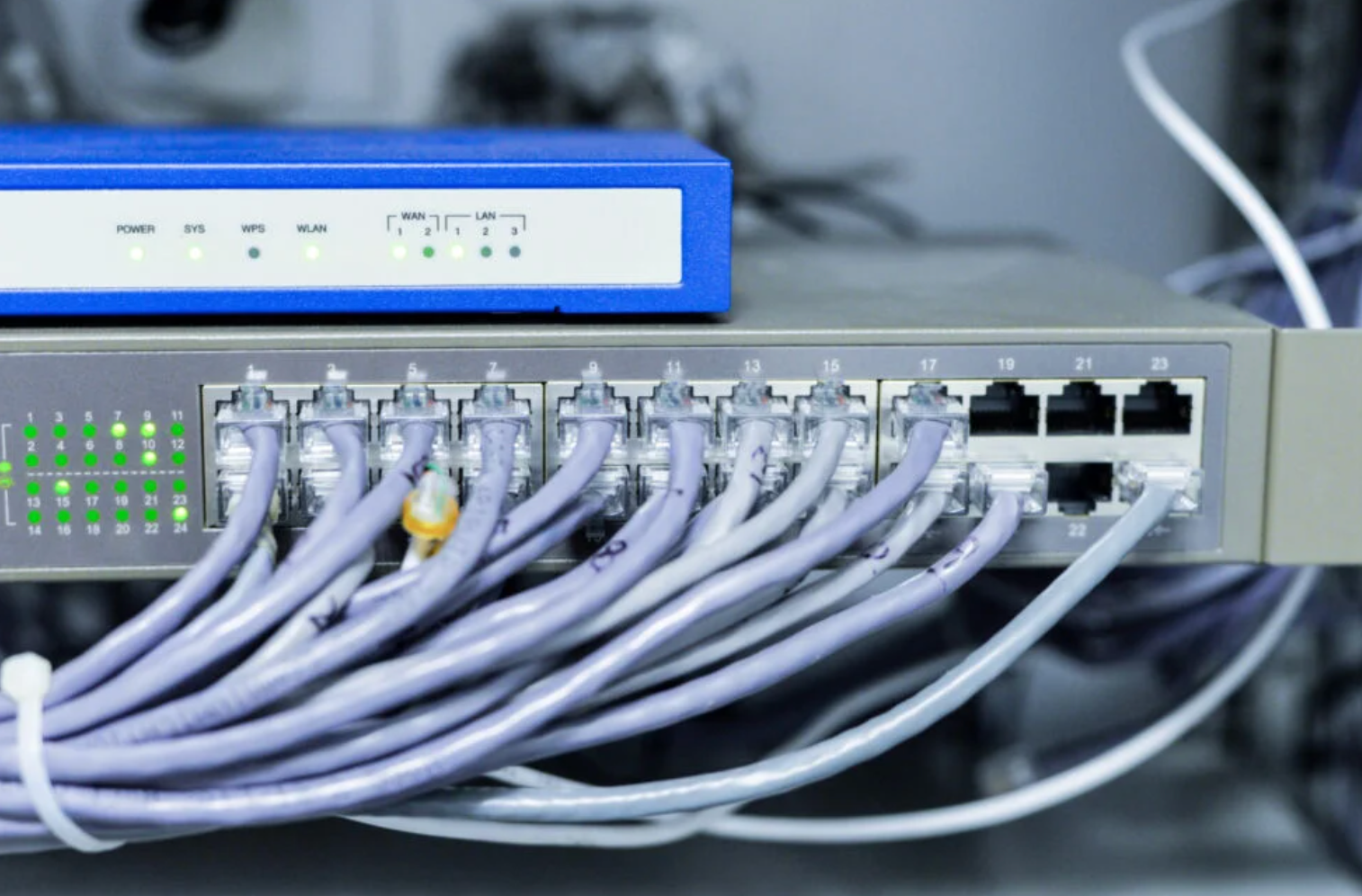Unseen Heroes: Structured Cabling's Vital Role in Cloud Architecture

In the digital age, cloud computing has become the cornerstone of modern IT infrastructure, revolutionizing how businesses store, manage, and access data and applications. Behind the seamless connectivity and rapid scalability of the cloud lies a critical component often overlooked: structured cabling. In this blog post, we'll explore how structured cabling serves as the backbone of cloud architecture and why it's essential for ensuring the reliability, performance, and scalability of cloud-based services.
The Foundation of Cloud Connectivity
Structured cabling forms the foundation upon which cloud architecture is built. At its core, the cloud relies on data centers—large facilities housing thousands of servers, storage devices, and networking equipment—to store and process vast amounts of data. These data centers require a robust and organized network infrastructure to interconnect servers, storage arrays, switches, and other critical components. Structured cabling provides the physical layer that enables seamless communication and data transfer within data centers and across the cloud.
Reliability and Redundancy
In the cloud, reliability is paramount. Downtime can have significant consequences, affecting productivity, revenue, and customer satisfaction. Structured cabling plays a crucial role in ensuring the reliability of cloud services by providing redundant paths for data transmission and minimizing the risk of network disruptions. By employing redundant cabling pathways, switches, and connections, structured cabling enhances fault tolerance and ensures continuous operation even in the event of hardware failures or maintenance activities.
Scalability and Flexibility
One of the defining characteristics of the cloud is its ability to scale dynamically to meet changing demands. Whether it's adding new servers, expanding storage capacity, or provisioning additional network bandwidth, cloud infrastructure must be able to scale seamlessly to accommodate growth. Structured cabling facilitates this scalability by providing a flexible and modular network infrastructure that can easily adapt to evolving requirements. With proper planning and design, structured cabling enables data centers to scale up or down quickly and cost-effectively without disrupting operations.
High-Speed Connectivity
In the cloud, data must flow quickly and efficiently between servers, storage devices, and end-users. Structured cabling ensures high-speed connectivity by deploying high-performance cables, connectors, and switches capable of supporting gigabit and multi-gigabit data rates. By minimizing signal degradation, electromagnetic interference, and latency, structured cabling helps maximize network performance and deliver a seamless user experience across the cloud.
Simplified Management and Maintenance
Managing and maintaining a sprawling cloud infrastructure can be challenging without a well-organized network infrastructure in place. Structured cabling simplifies management and maintenance by providing a clear and structured framework for identifying, tracing, and troubleshooting network connections. With properly labeled cables, organized patch panels, and documented cabling configurations, IT personnel can quickly diagnose and resolve issues, reducing downtime and optimizing system performance.
Conclusion
In conclusion, structured cabling serves as the backbone of cloud architecture, providing the foundation for reliable, scalable, and high-performance cloud services. By ensuring reliability, redundancy, scalability, and flexibility, structured cabling enables data centers to deliver seamless connectivity and exceptional performance to users worldwide. As businesses continue to embrace the cloud for their IT needs, structured cabling will remain a critical component for driving innovation, efficiency, and success in the digital era.






